Dear Friends of Traveling Shrine,
My dream that has been 11 years in the making is close to coming true. I am building a tiny traveling tearoom, my real "Traveling Shrine," a place of tea, peace, prayer, and magic ON WHEELS! With this tiny traveling tearoom I will be able to bring my love of tea with me wherever I go, sharing it far and wide. This powerful vision has been circulating round my heart for so long, and now it is becoming palpable and actual. I already have the trailer and the tools, but I need more help. Please visit my GoFundMe campaign and send your support today.
Thank you, thank you, from the bottom of my heart (and from the bottom of my cup of tea!)
My dream that has been 11 years in the making is close to coming true. I am building a tiny traveling tearoom, my real "Traveling Shrine," a place of tea, peace, prayer, and magic ON WHEELS! With this tiny traveling tearoom I will be able to bring my love of tea with me wherever I go, sharing it far and wide. This powerful vision has been circulating round my heart for so long, and now it is becoming palpable and actual. I already have the trailer and the tools, but I need more help. Please visit my GoFundMe campaign and send your support today.
Thank you, thank you, from the bottom of my heart (and from the bottom of my cup of tea!)


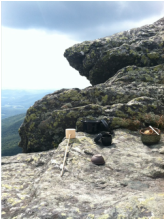
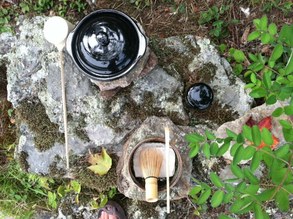
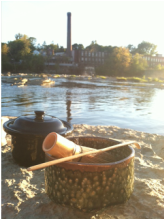
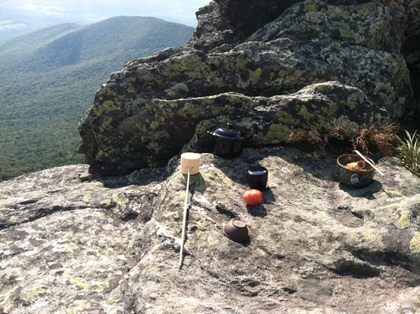
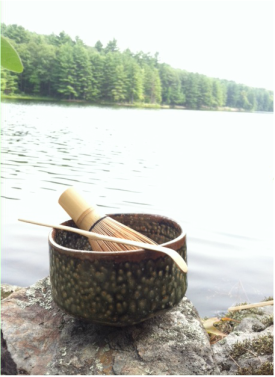
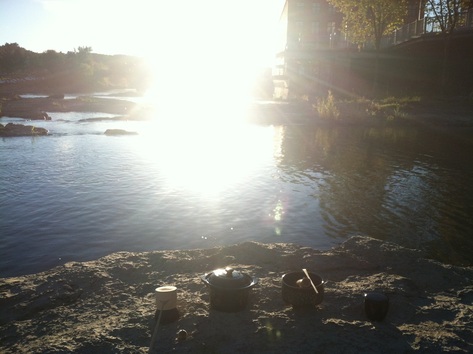
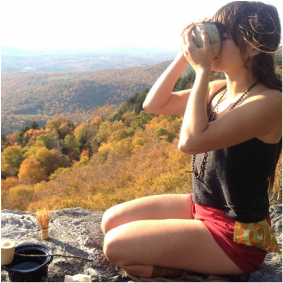
 RSS Feed
RSS Feed
